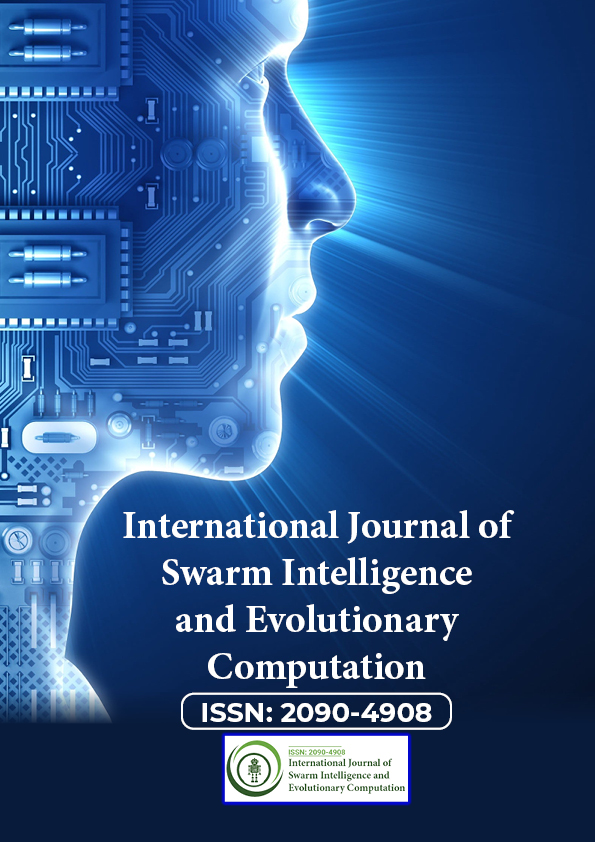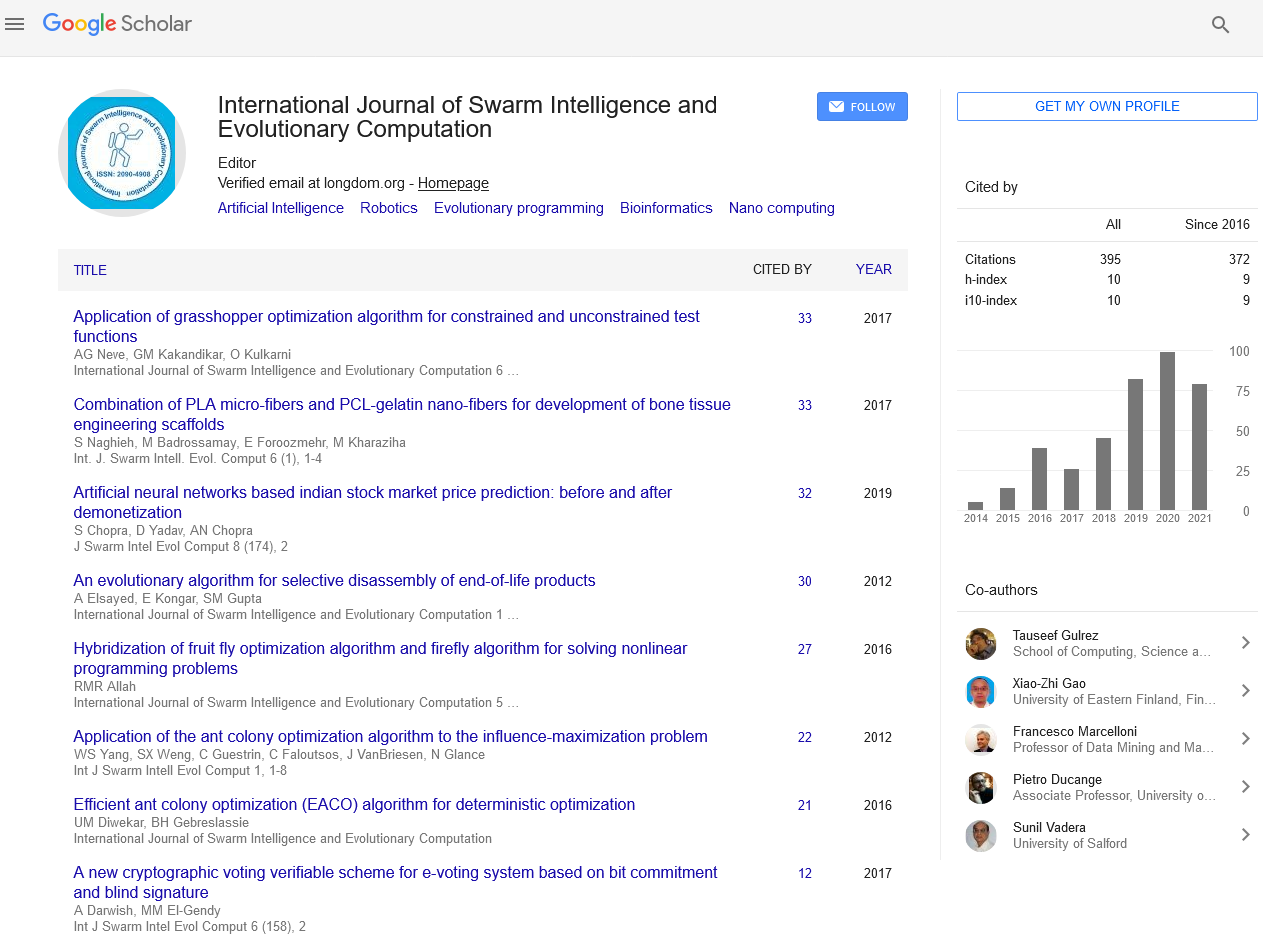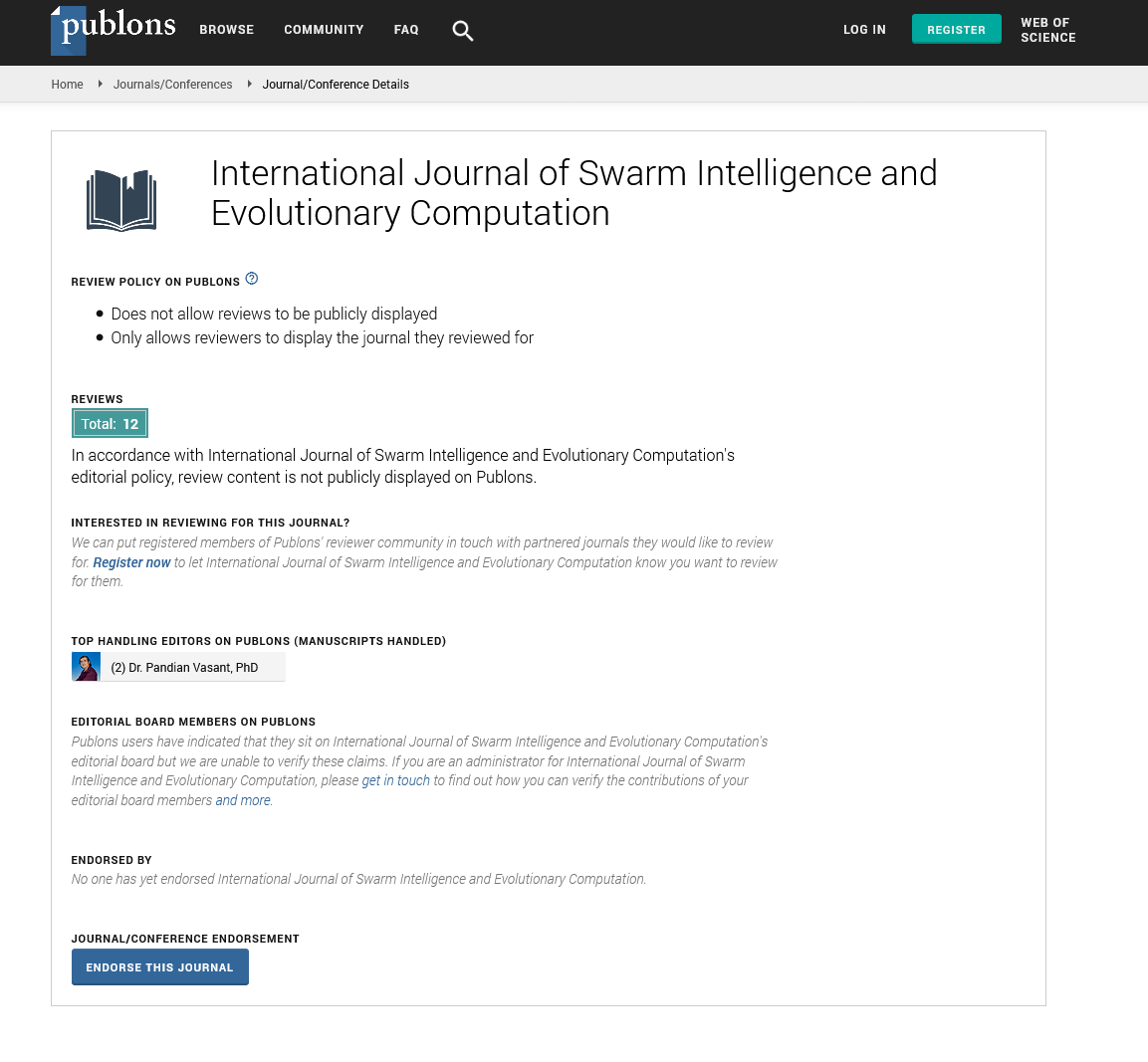Indexed In
- Genamics JournalSeek
- RefSeek
- Hamdard University
- EBSCO A-Z
- OCLC- WorldCat
- Publons
- Euro Pub
- Google Scholar
Useful Links
Share This Page
Journal Flyer

Open Access Journals
- Agri and Aquaculture
- Biochemistry
- Bioinformatics & Systems Biology
- Business & Management
- Chemistry
- Clinical Sciences
- Engineering
- Food & Nutrition
- General Science
- Genetics & Molecular Biology
- Immunology & Microbiology
- Medical Sciences
- Neuroscience & Psychology
- Nursing & Health Care
- Pharmaceutical Sciences
Abstract
Short-Term Forecasting of Load and Renewable Energy Using Artificial Neural Network
Ram Srinivasan*, Venki Balasubramanian and Buvana Selvaraj
Load forecasting is a technique used for the prediction of electrical load demands in battery management. In general, the aggregated level used for Short-Term Electrical Load Forecasting (STLF) consists of either numerical or non-numerical information collected from multiple sources, which helps in obtaining accurate data and efficient forecasting. However, the aggregated level cannot precisely forecast the validation and testing phases of numerical data, including the real-time measurements of irradiance level (W/m2) and photovoltaic output power (W). Forecasting is also a challenge due to the fluctuations caused by the random usage of appliances in the existing weekly, diurnal, and annual cycle load data. In this study, we have overcome this challenge by using Artificial Neural Network (ANN) methods such as Bayesian Regularization (BR) and Levenberg–Marquardt (LM) algorithms. The STLF achieved by ANN-based methods can improve the forecast accuracy. The overall performance of the BR and LM algorithms were analyzed during the development phases of the ANN. The input layer, hidden layer and output layer used to train and test the ANN together predict the 24-hour electricity demand. The results show that utilizing the LM and BR algorithms delivers a highly efficient architecture for renewable power estimation demand.
Published Date: 2020-12-28; Received Date: 2020-11-25


